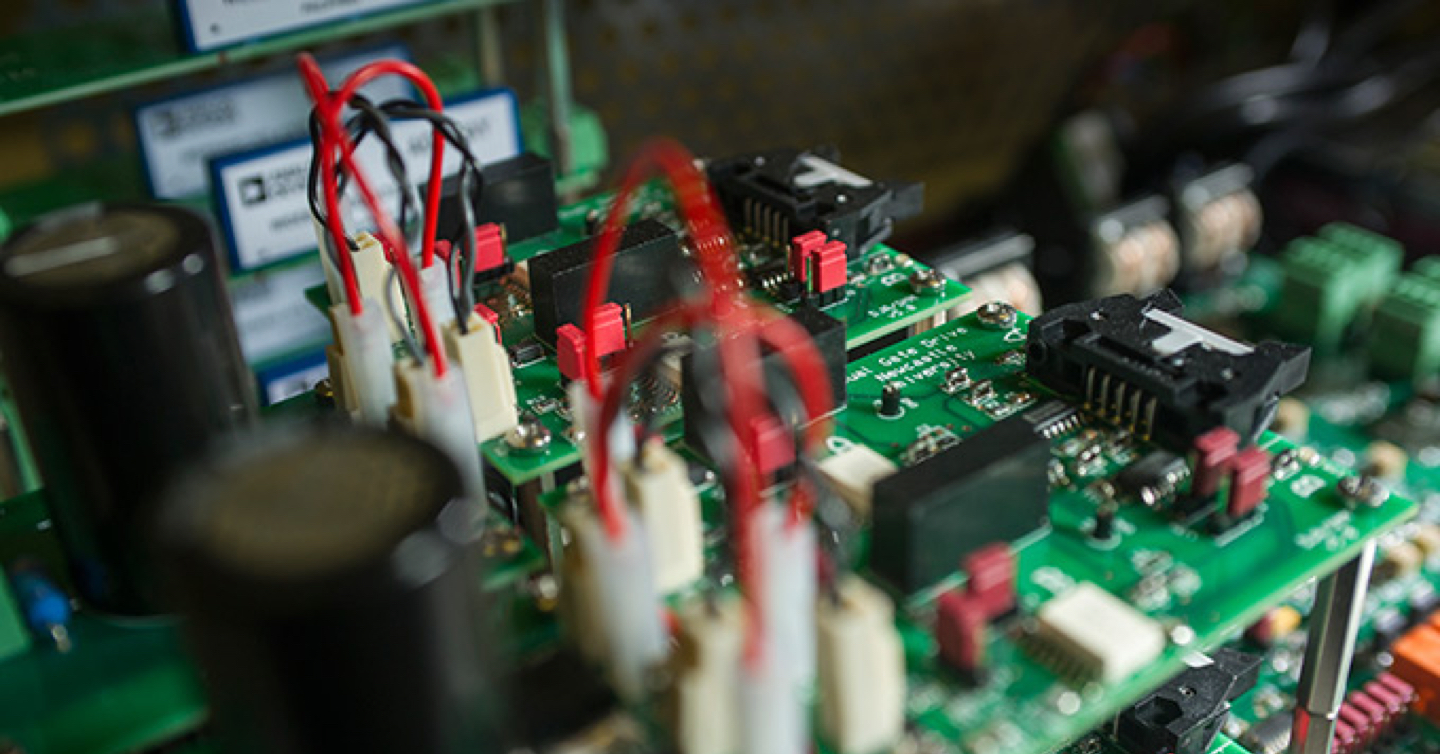Giulia Urgera
An early-stage model for drive simulation software.
- Email: g.urgera2@ncl.ac.uk
Supervisors
- Prof Barrie Mecrow
- Dr Xu Deng
- Dr Melanie Michon (Industrial supervisor, Motor Design Limited)
Project description
Automotive applications use permanent magnet synchronous motors (PMSM). This is because of their efficiency and dynamic performance. Nonetheless, Switched Reluctance Drives are gaining more importance. This is because of the necessity for more robust, fault-tolerant motors. These motors must not have rare-earth magnets and they must be able to work at higher speeds and temperatures. But there are some disadvantages.
The distribution of flux-density is highly non-uniform, due to:
- the double-salient structure of the machine
- continuous switching of the phase currents
The machine works in saturated conditions. The current waveforms are non-sinusoidal.
We need to perform different time-consuming simulations to find the best operating conditions of the motor.
Drive simulation software needs a fast and reasonably accurate characterisation at an early stage in modelling. Users need the option of conducting a more time consuming, very accurate analysis and optimisation at a later time.
We are working in partnership with Motor Design Limited to create an SRM (Switched Reluctance Motor) drive model. Our model approximates the static characteristics of SRMs. It produces dynamic performances. It improves on state of the art loss calculation. This allows us to create efficiency maps and system performance prediction. It reduces the amount of Finite Element Analysis required, without losing accuracy.
Interests
Electrical machines design.
